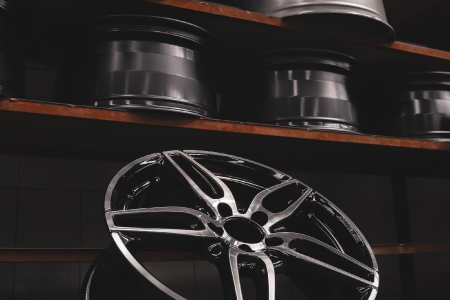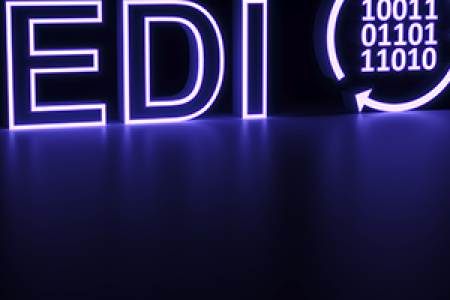April 26th, 2021
If one thing is certain in the automotive aftermarket, retailers, dealers, and OEMs are moving fast to keep up with consumer expectations. This has led to the emergence of omnichannel retail in the automotive industry as a whole, and aftermarket players are no exception.
In most cases, an omnichannel approach is new territory in this space. In other words, as automotive aftermarket players attempt and continue to navigate these changes, it often becomes clear that traditional business operations are no longer suitable and that supply chain processes must be reimagined. As a result, many have decided to take an integrated approach to maintain efficient collaboration with trading partners and achieve a sophisticated overview of procure-to-pay and order-to-cash processes.
For accounts payable (AP) departments, one way of maintaining control over the procure-to-pay process is 3-way matching. Although necessary, it has proven to be a time-consuming and frustrating task when executed manually.
What Is a 3-Way Match?
A three-way match, or 3-way match, refers to the process of cross-referencing three documents to ensure the accurate payment of an invoice: purchase order (PO), receipt of goods (e.g., Advance Ship Notice (ASN)), and finally, the invoice itself.
3-way invoice matching is a common AP practice, and it can be done manually by pulling the relevant documents from various locations and performing a self-check. Preferably, however, the 3-way match process is automated via integrated EDI. In either case, the three-way match compares what has been ordered with what has been received, and, ultimately, what is included on the invoice.
Manual 3-Way Match: Trials and Tribulations
Although the overall concept of a three-way match does seem to be relatively straightforward, anyone who has had first-hand experience with executing the process manually is sure to disagree. In a traditional, manual 3-way match, there’s a lot of time spent document hunting. That is, going through emails (maybe even stacks of paper) to locate the documents that can verify the information contained in the invoice.
From there, it requires a keen eye and close attention to detail to ensure that each and every line item matches up. This is time consuming even when everything goes right. But when something goes wrong, the three-way match turns into an active pursuit of whomever can resolve the error(s). This often results in payment delays and, in general, less time to complete other higher-priority responsibilities.
Automated 3-Way Match: AP Jubilation
As day-to-day operations continue to become more complex due to new business channels and growing trading partner networks, process efficiency is more important than ever before. With automated 3-way matching, manual intervention is only necessary when exceptions arise. This significantly speeds up the invoicing process because everything happens in the background. Meaning, even when there’s an exception, 3-way matching continues for all other invoices. There’s no hold up, and the AP department can continue to make progress in other directions.
There is a catch, though: An automated 3-way match is only possible when all documents have been received electronically, and that requires an integrated EDI solution. Once this has been implemented and all document exchanges have been reduced to a single channel, it becomes easy to configure business rules that automatically execute the 3-way match. From there, it’s a continuous, real-time data flow that can lead to a number of benefits:
- Considerable time savings
- Reduced errors
- On-time payments
- Eligibility for early payment discounts
- Automated payments
- Happy AP department
- And more
Think Long-Term Strategy
In comparison to other industries, the automotive aftermarket has been slow to adopt new technologies. That’s because, for the most part, there was no urgent need. But now that omnichannel is gaining momentum, certain inefficiencies in the supply chain are being hyper-exposed. For one, 3-way matching in accounts payable.
While it may have been possible for the AP department to perform a manual 3-way match for all invoices in the past, it’s proving to be much too time consuming and prone to errors in the present. The concept of 3-way matching is nothing new, but it can (and should) be looked at in a new way.
In other words, the automotive aftermarket is changing fast. There’s a need for speed with internal processes and technical decisions often need to be made quickly for the sake of remaining competitive. However, quick fixes aren’t always the best long-term solutions. When it comes to automated 3-way matching, investing in a full-scale EDI solution may seem a bit extreme if you’re thinking in terms of individual processes. But if you think of automated 3-way matching as a single benefit of integrated EDI, it makes much more sense to weigh your options and consider the possibilities.
As automotive aftermarket players continue to look for new solutions to adapt to changing market circumstances, optimize existing supply chain processes, maintain a healthy cash flow, and satisfy demanding consumers, it’s important to think long term.




